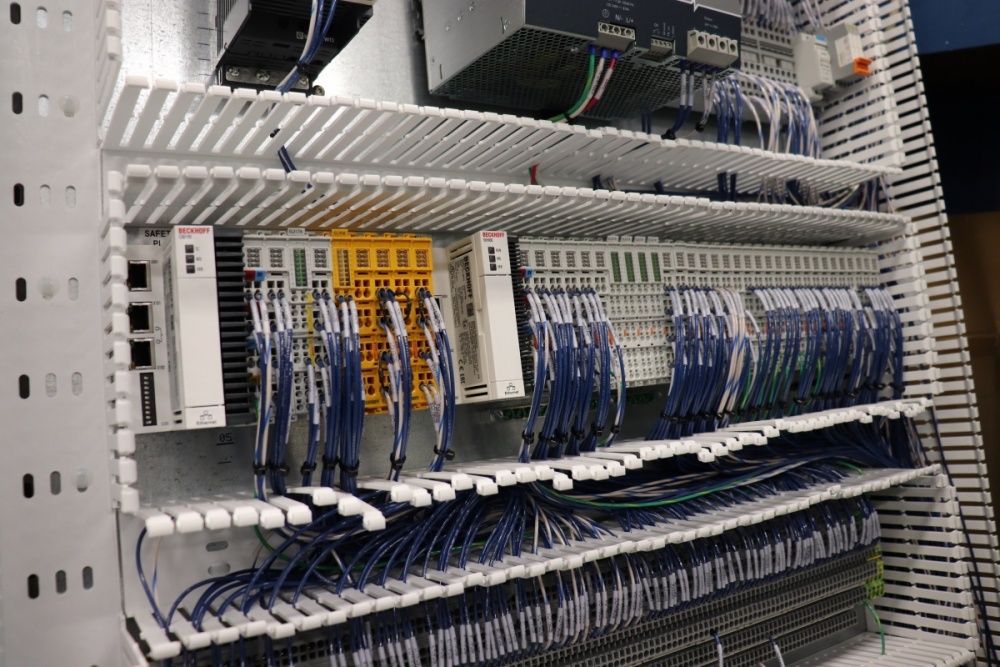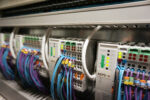In a constantly evolving digital environment, maintaining stable and reliable connectivity is crucial for an efficient workflow and a seamless connected life. However, in areas where the installation of Ethernet or Wi-Fi cables is limited or problematic, PLC (Power Line Communication) technology has emerged as an innovative and effective solution. PLCs take advantage of existing electrical wiring to transmit data, providing a stable and robust network in environments where wired connectivity is poor. Here, we will explore how PLCs can provide reliable and robust connectivity in poorly wired areas, improving the digital experience in homes and offices.
Enter our online store and find yours.
What is the PLC and how does it work?
Power Line Communication (PLC) technology allows data transmission through a building’s pre-existing electrical network. PLC adapters use the electrical infrastructure to send data signals, converting the power network into a data communications network. By using the electrical grid as a transmission medium, PLCs eliminate the need for additional network infrastructure, making them an efficient and economical solution for areas with poor connectivity.
Stability and reliability of the PLC connection
One of the most significant advantages of PLCs is their ability to provide a stable and reliable connection, overcoming the common limitations associated with wireless networks in poorly wired areas. By avoiding the interference and signal fluctuations typical of wireless connections, PLCs deliver a robust, consistent network experience that’s vital for critical online activities such as remote work, streaming entertainment, and video conferencing.
Easy implementation and accessibility

PLCs are easy to implement and do not require complex technical knowledge, making them an accessible solution for a wide range of users. Installation usually involves connecting the PLC adapters to existing electrical outlets and linking them over the mains, providing a ready-to-use network quickly and efficiently.
Improved security and privacy
In addition to offering stable connectivity, PLCs also improve network security and privacy. By transmitting data over a building’s internal electrical network, PLCs minimize the risk of unauthorized access and ensure the confidentiality of online activities. This provides an additional layer of protection for data transmitted over the network.
Conclusion on PLCs
In summary, PLCs offer an effective and reliable solution for poorly wired areas, providing stable and robust connectivity over the existing power grid. By overcoming the challenges associated with wireless networks and installing Ethernet cables, PLCs improve the digital experience in homes and offices by providing stable, secure, high-speed connectivity. With their easy deployment and proven reliability, PLCs prove to be a valuable option for ensuring seamless connectivity in poorly wired environments.








